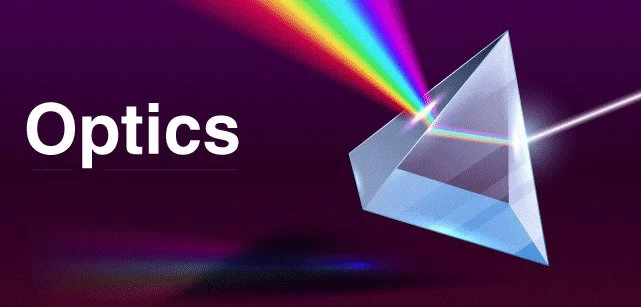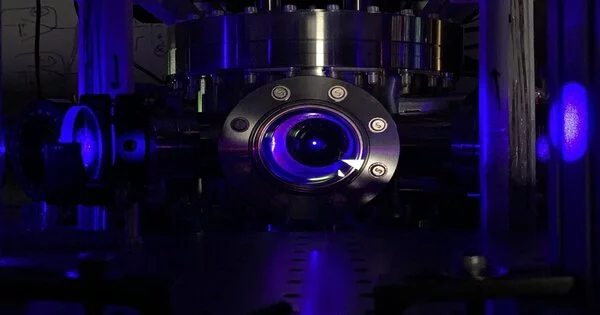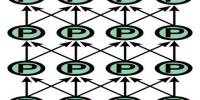Optical physics is the study of the generation of electromagnetic radiation, its properties, and its interaction with matter, particularly its manipulation and control. It is distinguished from general optics and optical engineering by its emphasis on the discovery and application of novel phenomena. However, there is no clear distinction between optical physics, applied optics, and optical engineering, because optical engineering devices and applied optics applications are required for basic research in optical physics, which leads to the development of new devices and applications.
Optical physics is a branch of physics that studies light and its properties. It entails comprehending light’s behavior and interaction with matter, as well as the generation, propagation, and detection of light. Reflection, refraction, diffraction, interference, polarization, and light absorption are all examples of optical phenomena.
Often, the same people are involved in both basic research and applied technology development, such as S. E. Harris’ experimental demonstration of electromagnetically induced transparency and Harris and Lene Vestergaard Hau’s demonstration of slow light.
Here are some key topics and areas of study within optical physics:
- Geometrical Optics: Geometrical optics studies how light behaves as rays. It is the study of how light interacts with optical components such as lenses and mirrors, and how these components form images. Geometrical optics is founded on the principles of reflection and refraction.
- Wave Optics: Wave optics, also known as physical optics or light wave theory, treats light as an electromagnetic wave. It is concerned with phenomena such as interference, diffraction, and polarization that cannot be explained by geometrical optics. Wave optics allows for a more in-depth understanding of light and its behavior.
- Optics of Materials: Optical physics explores how light interacts with different materials, including transparent, translucent, and opaque substances. The study of optical properties of materials involves topics such as absorption, transmission, and reflection of light. It also includes the investigation of phenomena like dispersion and scattering of light in various media.
- Quantum Optics: Quantum optics studies the interaction of light and matter at the quantum level. It investigates phenomena such as photon emission, absorption, and detection. Quantum optics is essential for understanding fundamental quantum phenomena and developing technologies such as lasers and quantum information processing.
- Nonlinear Optics: Nonlinear optics studies the behavior of light in materials where the response is not directly proportional to the intensity of the incident light. It looks into things like frequency conversion, harmonic generation, and optical parametric amplification. Nonlinear optics is used in fields such as laser science, imaging, and optical signal processing.
Optical physicists use and develop light sources spanning the electromagnetic spectrum, from microwaves to X-rays. Light generation and detection, linear and nonlinear optical processes, and spectroscopy are all part of the field. Lasers and laser spectroscopy have changed the face of optical science.
Quantum optics and coherence, as well as femtosecond optics, receive significant attention in optical physics. Support is also provided in areas such as the nonlinear response of isolated atoms to intense, ultra-short electromagnetic fields, the atom-cavity interaction at high fields, and quantum properties of the electromagnetic field in optical physics.
















